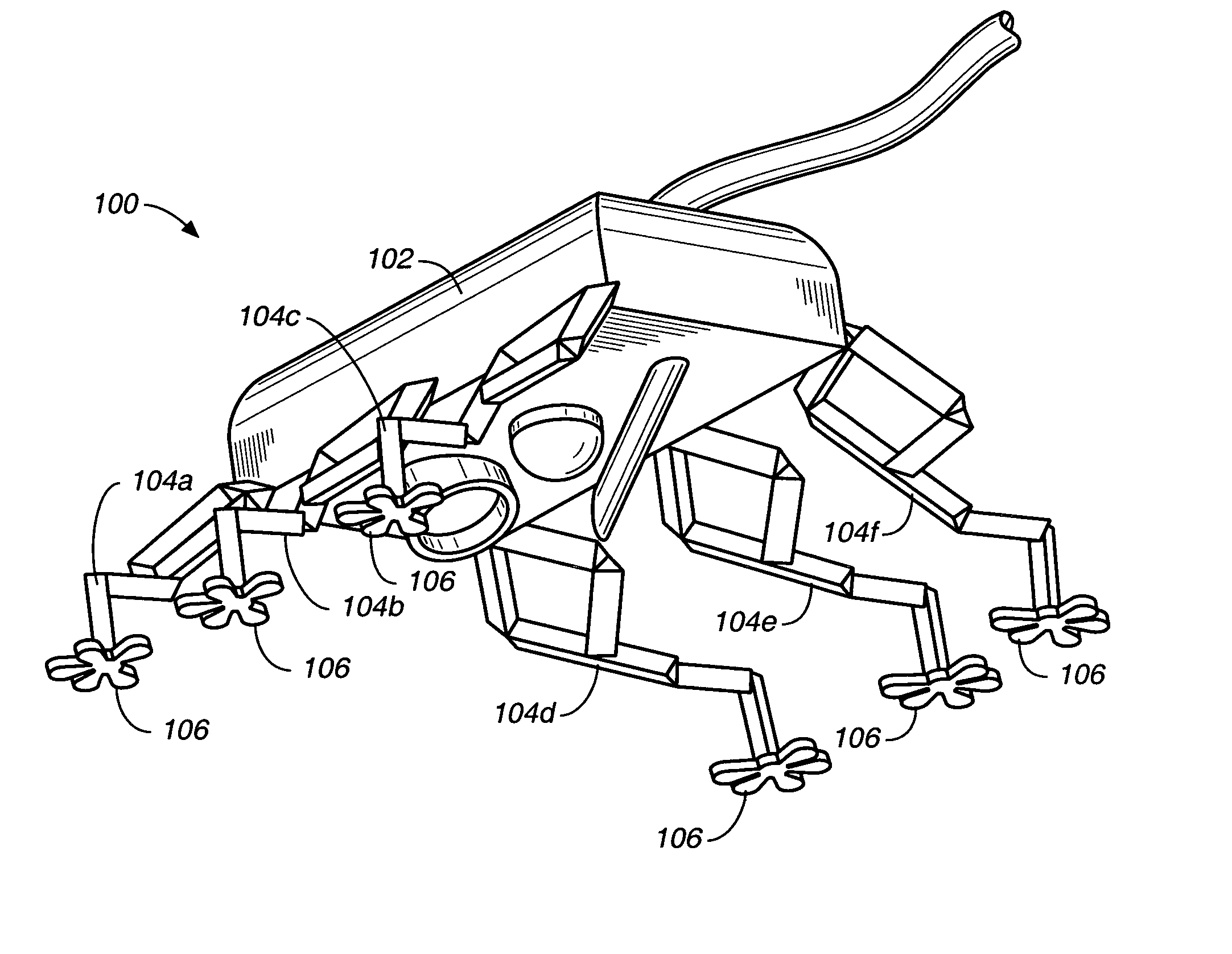Surgical instrument for adhering to tissues
a surgical instrument and tissue technology, applied in the field of nano-scale adhesive structure fabrication and use, can solve the problems of minimally invasive surgery, tissue suturing, and most difficult surgical methods to achiev
- Summary
- Abstract
- Description
- Claims
- Application Information
AI Technical Summary
Benefits of technology
Problems solved by technology
Method used
Image
Examples
Embodiment Construction
[0019] In order to provide a more thorough understanding of the present application, the following description sets forth numerous specific details, such as specific configurations, parameters, and the like. It should be recognized, however, that such description is not intended as a limitation on the scope of the present disclosure, but is intended to provide a better description of exemplary embodiments.
[0020] As further detailed herein, surgical instruments capable of adhering to organs and other tissues during minimally invasive surgery are provided. The surgical instruments include a micromechanical structure that adheres to tissues by micro-fibers via van der Waal's interactions. The micromechanical structure capable of adhering and moving along the surface of tissues, including moving tissues such as the heart muscle. Unlike conventional surgical robots, the surgical device can move on and in conjunction with the moving tissue such as a beating heart.
[0021] With reference t...
PUM
 Login to View More
Login to View More Abstract
Description
Claims
Application Information
 Login to View More
Login to View More - R&D
- Intellectual Property
- Life Sciences
- Materials
- Tech Scout
- Unparalleled Data Quality
- Higher Quality Content
- 60% Fewer Hallucinations
Browse by: Latest US Patents, China's latest patents, Technical Efficacy Thesaurus, Application Domain, Technology Topic, Popular Technical Reports.
© 2025 PatSnap. All rights reserved.Legal|Privacy policy|Modern Slavery Act Transparency Statement|Sitemap|About US| Contact US: help@patsnap.com



